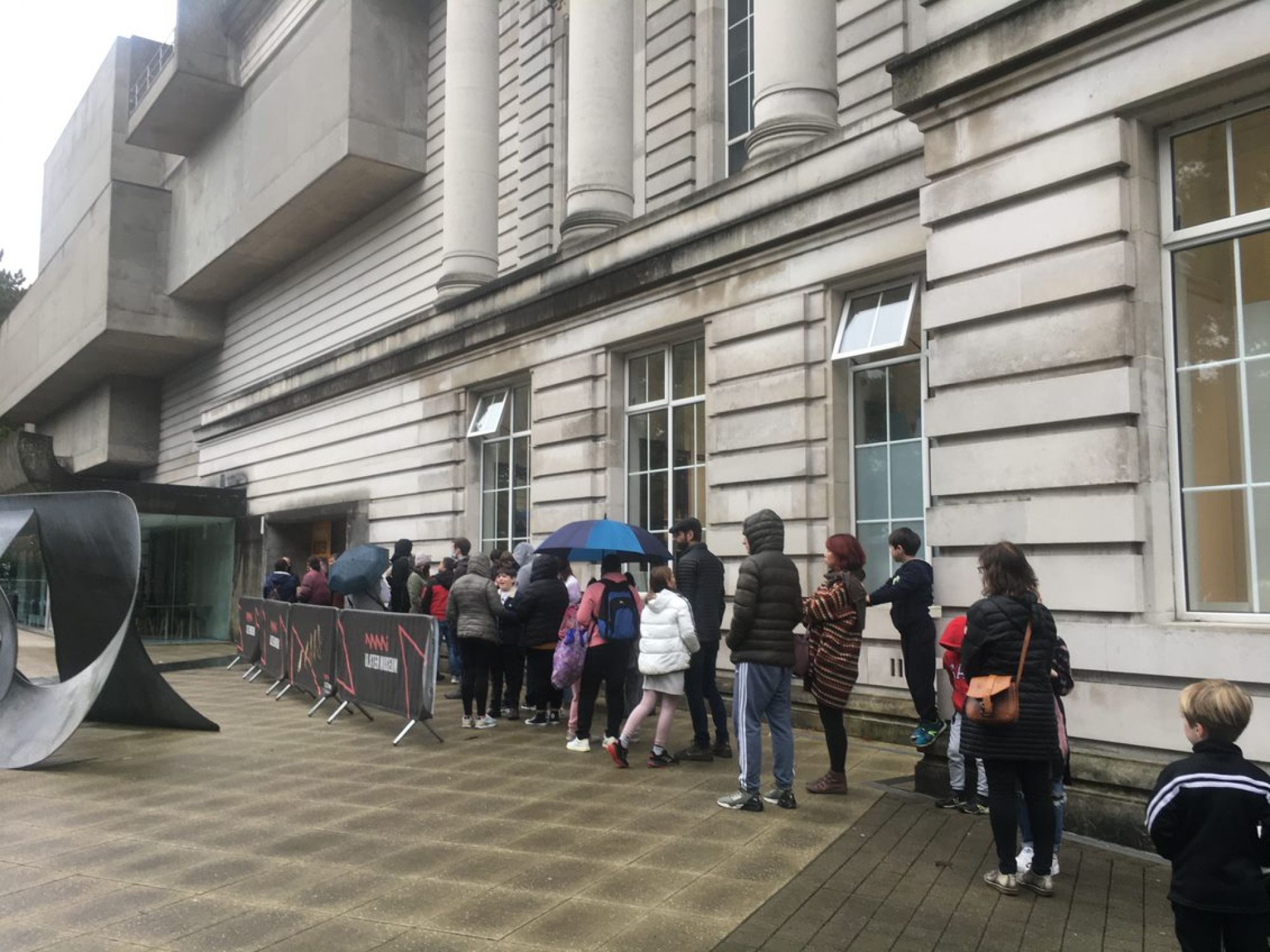In March 2020, the UK went into full lockdown in response to the Covid-19 pandemic. For museums, the pandemic forced them to shut their doors and find new ways to accommodate the volunteers who assisted them in their daily running. When the first lockdown came I was doing a student placement in Armagh Robinson Library as part of my MA in History. I was cataloguing their ancient coin collection, and when the severity of the pandemic was fully realised, my internship came to a sudden end. I was not the only one that was impacted; my whole class had their internships cut short as museums shut their doors to internship students and volunteers.
In many regards, it is evident that museums were not prepared for the pandemic. For volunteers, the vast majority of whom volunteered on-site, few museums had measures in place that would allow them to continue their volunteering at home or in a museum where social-distancing could be put in place. Whilst the initial response may have been difficult for volunteers, the museum-sector soon adapted to the changing climate and begun ways to offer their student interns and volunteers digital opportunities.
For student interns from the University of Leicester undertaking an MA in Museum Studies, the pandemic was an initial concern for many who thought that they would struggle to gain placements. However, writing in Museum Practice, many of these student interns shared how the pandemic had little impact on their volunteering. Instead of having negative experiences, many of them described how the new digital experience still allowed them to gain all the skills and expertise they required to gain employment in the sector.

After my MA in History, I was unsure of what my next steps would be. I had toyed with doing a PhD, and had also applied for a few graduate posts which I was unsuccessful in. In the New Year I got an email about an online talk about volunteering in heritage settings and I decided to attend. A speaker from National Museums NI discussed presented an entirely online cataloguing project which required volunteers. The NMNI project appealed to me for a number of different reasons. I was, and still am, a carer for my elderly grandmother and it would not have been possible for me to travel the distance to where I live to NMNI headquarters in Cultra. Therefore, the pandemic allowed me to volunteer with an organisation I probably wouldn’t have done if Covid-19 had not occurred. However, a negative aspect of Covid-19 on young volunteers, such as myself, is the expectation that our volunteering experience will cover a wider variety of skills and knowledge, which we might have received if we had volunteered before the pandemic.
With many government departments and heritage organisations across the UK slashing their budgets, the competition for jobs in the museum sector is at an all time high. For job applications that I have looked at recently, the job description advertised expects the successful applicant to take on roles and responsibilities which before the pandemic would have been done by a number of different people. This merging of jobs into one puts extra strain on young volunteers to increase their skill set and re-evaluate their strengths and weaknesses so that they have a well-rounded CV. Indeed, a motivator for doing this blog post was so I could put it on my CV and talk about it in interviews as an example of when I completed one.
The Covid-19 pandemic has undoubtedly changed the way that individuals can volunteer for a museum. Digital volunteering is a consequence of the pandemic that will hopefully remain in place. Moving forward, museums will play an important role in ensuring that it can cater to the needs of volunteers. For young people, this will be about ensuring that it provides them with the opportunities so that they can gain employment in the sector.

